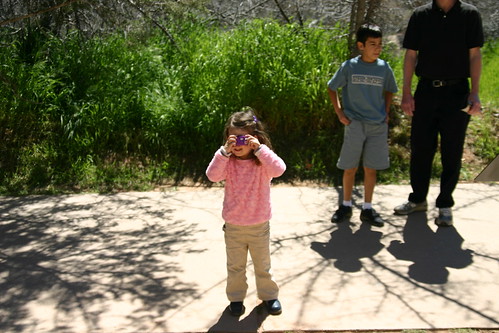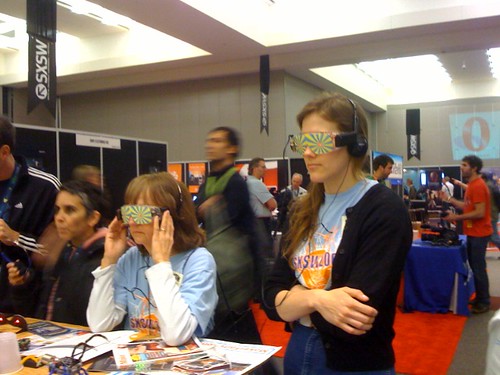I spent a beautiful spring afternoon at the Conversations and Connections conference held April 5 in Washington, DC. This was a writer’s conference featuring “experts in fiction, nonfiction, poetry, writing for children, making connections, using the web, marketing, and everything in between.”
But the highlight for me was the keynote by Mary Gaitskill, author of Two Girls, Fat and Thin and the short story which was the basis of the movie Secretary. In her inspiring talk, she recounted her long and painful struggle for literary success. Here are the three things she believes writers need:
- Comfort with Solitude. You can go to conferences, join groups, talk to people online. But, in the end, being a writer means spending time alone in front of a screen. A lot of time. When other people are enjoying group pursuits in the sunny outdoors, you’ll be pounding away on a keyboard. You better like your own company.
- Persistence. Success came late for Gaitskill. She kept at it over the years, in the face of anonymous rejection letters from literary journals. Family and friends pitied her and told her that she should pick a different career. But she didn’t give up because being a writer was the only thing she wanted to do with her life.
- Courage. Gaitskill’s fiction is unique and disturbing, exploring ideas and situations that can really bother people. In addition to dealing with rejection letters, Gaitskill had to cope with venomous reactions from agents and others who took a visceral dislike to her work. What’s great about Gaitskill is that she didn’t change her voice, that she kept her singular perspective despite the occasionally hostile reaction it engendered.

